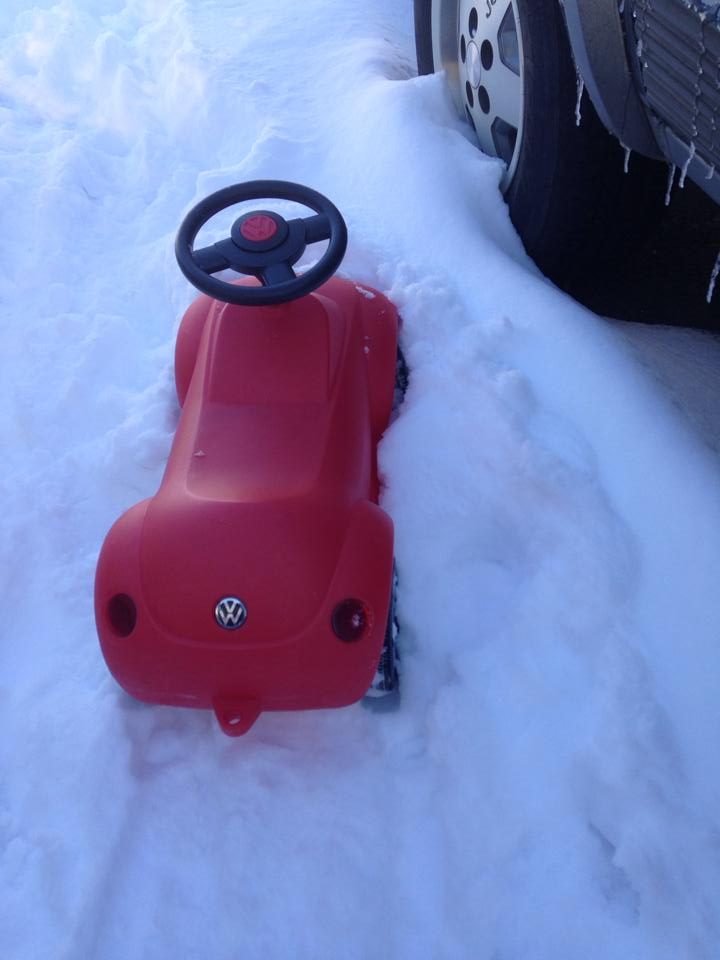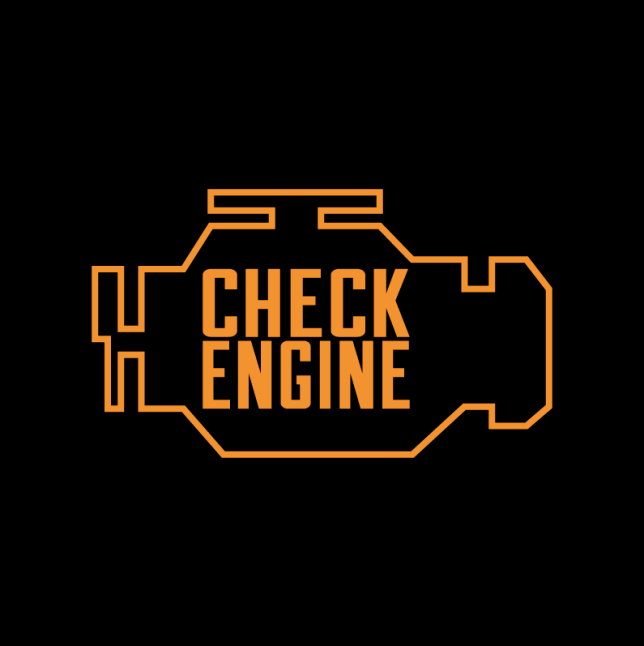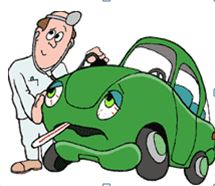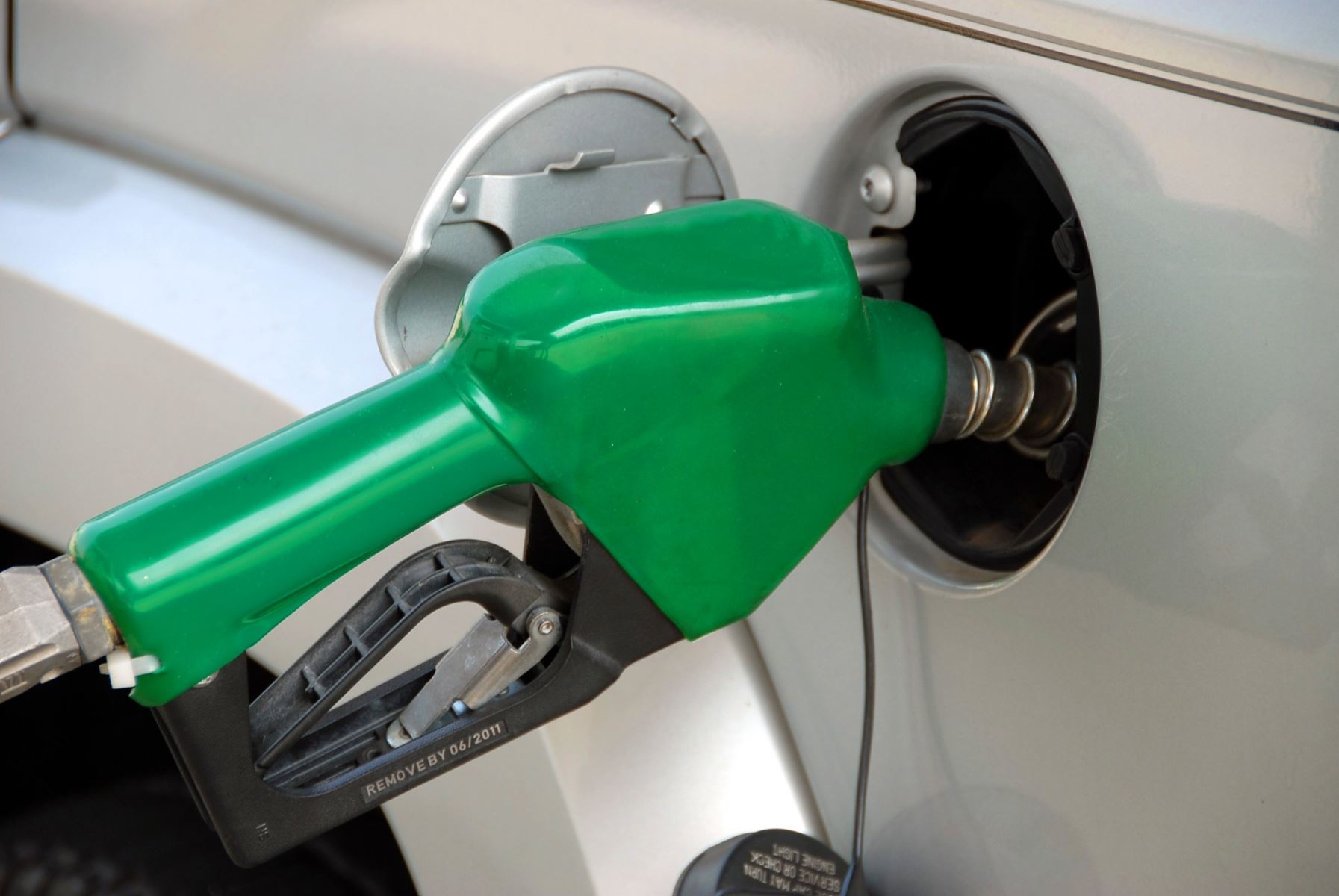Posted on 10/17/2017

Hard to believe that fall is right around the corner; time to get prepared for the rains and winter. Rain, snow, and ice all come with fall and winter. Your tires are your first line of defense between you and the road. Poor tires are just plain dangerous for you and the other people on the road. Make sure your tires are in good condition and are wearing evenly. Check your tire pressure, the pressure is determined by the automobile manufacturer, not the tire company. You will find your recommended tire pressure on the driver’s door jamb, glove box lid or in your owner’s manual. Coolant check, 50-50 mixture of antifreeze/water. That will bring it down to -34 the recommended level for winter and so the cooling system doesn’t corrode and rust. Battery check. A battery receives its electric energy from chemical reactions. The colder it is, the less power a battery has. And on top of this, a cold engine requires more power to crank it over. Cold weather is a ... read more
Posted on 8/22/2017
One of the most difficult jobs in the automotive repair business is calling the customer with the news. It’s the same for people in the medical, legal, accounting and even funeral fields. We all have one thing in common: We give you news, and often it is not good news. We don’t make any of the news; it’s just the facts. But this is how we make our living, on the news. I don't know how Bob the attorney (not his real name) did it to me, but every time I call him, I feel guilty for what his car needs. After doing this for 30 years, I am usually pretty good at not feeling bad about what a customer's car needs. There is a joke in the business called the 3 Bs: "I didn't build it, buy it or break it." I had a cup of coffee and worked up in my mind how I was going to call Bob with "the news." I reviewed his car’s records for the past five years and found that the BMW had been very good to him -- very few repairs, mostly routine mainte ... read more
Posted on 5/17/2017

The “check engine” or “service engine soon” light is a very important part of your vehicle’s performance, dependability and capability for lowering emissions. Early vehicles required a tune-up every 5,000 to 15,000 miles. But tuning a vehicle made in the last 20 years is just not done anymore. It’s a “past” term. Tuning a vehicle used to be like being the conductor of an orchestra, making sure that each and every instrument was played at the correct instant, right volume and length of time -- timing being critical. In the tuning of engines, it was making sure that every cylinder was doing its part, and that the spark of each spark plug was delivered at precisely the correct time with the proper intensity. Checking all this on a scope – firing times, voltage potential, fuel delivery -- was a very difficult job. Few knew how to do it thoroughly. The modern vehicle is an incredible piece of equipment, and is the most advanced techn ... read more
Posted on 4/18/2017
The future of the automobile in the next few years is going to be very exciting, even incredible. As electronics, computers and great designs get more refined and less expensive; they enter the automotive world more often. Electronic systems and motors are so dependable now, cars are chock full of them. Vehicles now operate with more than 100 million lines of software code, and that number is predicted to go to 300 million lines of code. (More than the Boeing 787 Dreamliner) Some newer high-end cars have up to 100 electronic control units (ECU) with 25 to 200 microprocessors. To keep all these communications working, vehicles are using FlexRay, CAN Bus and LIN (motor control) systems. Basic vehicles have about 1,350 wires for about 1.5 miles in length: high-end vehicles have up to 2,300 wires adding up to about 2.6 miles of wires. Plus, modern vehicles can contain up to 100 electric motors and solenoids. That’s a far cry from the 1960s cars. We have all ... read more
Posted on 4/17/2017

As vehicles get more complicated, new twists and more advanced multiplexing and technology only add to the challenges of diagnosing automotive problems. Yet in the world of auto repair, some customers don’t always perceive the valve in the cost of diagnosis. Throw in the fear of unknown and lack of trust into this equation, and some people start looking elsewhere for answers. The results most times are questionable. Our shop technicians spend weekends and evening in classes to learn about the new technology. Newer vehicles are the most complex object that most people own and it is time consuming for technicians just to learn how to use new scanners and understand all of their capabilities. In the past two weeks, four of techs spent Saturday and Sunday in classes. Recently, we had a customer bring in his European import with a check engine light on and running poorly. We hooked up a specialty scan tool, scanned the vehicle and found a P0301 code, misfire #1 cyl ... read more
Posted on 2/23/2017
Your vehicle is one of the most expensive objects you own and it loses value every year. Vehicles just about always fall in value as you “use” them for your day to day travels. To call them an investment would be a poor choice of words unless you calculated time saving. A vehicle gets you to your destination quickly, saving your un-renewable asset called time. Over the past 43 years of maintaining vehicles I have my own theory of how to minimize the expenses of owning a car. This theory includes the top three reasons people buy new cars. The first is the same reason you buy new clothes. Your old clothes are not worn out; you just need a new “fashion” statement. The second reason for buying a new car is your old one is worn out, undependable, needs a lot of repair, has too many dents, lack of shine. The third reason is it doesn’t fit your life style anymore, family expanding or contracting, and you need for larger or smaller vehicle. When I buy ... read more
Posted on 2/20/2017

As modern vehicles get more advanced with modern luxuries and safety equipment, so do the challenges of diagnostic and repair. Most folks think you hook up the scanner and it tells you what is wrong. This is so incorrect, it doesn’t. It will sometimes give you an idea of where to start looking but very often digging in deep to consider all the remote possibilities is the only way we get to the answer. Newer vehicles have an incredible amount of information that is gathered from sensors placed around the chassis, brakes, engine, interior, transmission, even sun sensor on the dash to determine the best setting on you climate control. All of this information is feed into control modules or electronic control units (ECU) placed around the vehicle. Newer vehicles have many sensors and ECUs for safety equipment to help avoid crashes or surviving a crash a higher probability. These include anti-lock brakes (ABS), traction control, stability control and the air bags, air curtains sys ... read more
Posted on 11/22/2016

Check tire pressure at least monthly. Tire pressures are found on the driver’s door jamb or in the owner’s manual. The number indicated on the tire sidewall is the maximum safe pressure, not the recommended pressure. Low tire pressure can reduce fuel mileage by 5% and create a safety hazard. Always check tire pressure when the tires are cold or cool, not after freeway driving. It is best to have your own tire pressure gauge, which can be bought for less than $5.00 Drive smoothly and anticipate traffic lights, and no quick starts. Act as if there is an egg under your gas pedal, and accelerate slowly. Watch the traffic lights ahead so you have to use your brakes as little as possible. Plan your route and get to know the traffic lights. Every time you use your brakes, you waste energy and brake life. With a manual transmission, shift to a higher gear soon rather than later. With an automatic transmission, keep it in overdrive, even in town. Maintain your vehicle ... read more
Posted on 10/20/2016

Winter weather can be miserable for driving. These tips will help make your upcoming journeys safer and more comfortable. Make sure all windows are clear before driving. Sight accounts for about 95% of the sensory input you need to drive safely. Always scrape all windows of ice before driving, and wipe the fog off all inside windows. Make sure that the “fresh” air mode is selected on vehicles that have the choice, mostly Japanese vehicles. Putting on the air conditioning will help “dry” the air during moist winter months so the defroster will work faster. Most newer cars put on the A/C automatically when “defrost” is picked. The only time I ever will recommend warming up your car before driving is when you need to thaw ice on the outside and clear fog on the inside of the windows. Note, don’t leave your car unattended, thieves can drive away. Coat all your door weather stripping with a thin coat of Vaseline (petroleum jelly) to preven ... read more
Posted on 9/28/2016

If your check-engine light is, something is wrong. This is a no brainer. But it can be easy to forget what a benefit it is to have your vehicle's electronic control unit (ECU) always scanning input from sensors to make sure the engine and related systems are up to par. Yes, the check-engine light "knows" when something is amiss. The problem is that some people choose to ignore it, saying the cause is just "pollution-related stuff" or, worse, they hear from someone at a shop that "it's not important". When I hear that, I know that particular shop didn't have the expertise to fix the problem. One of the problems of driving with a check-engine light on is that the light doesn't get any brighter, or start blinking to alert you that something very bad is going to happen. It only has one communication mode: light on. And as long as it is on, the ECU can be storing many fault codes, some of which can indicate a very big problem. Of all the ... read more